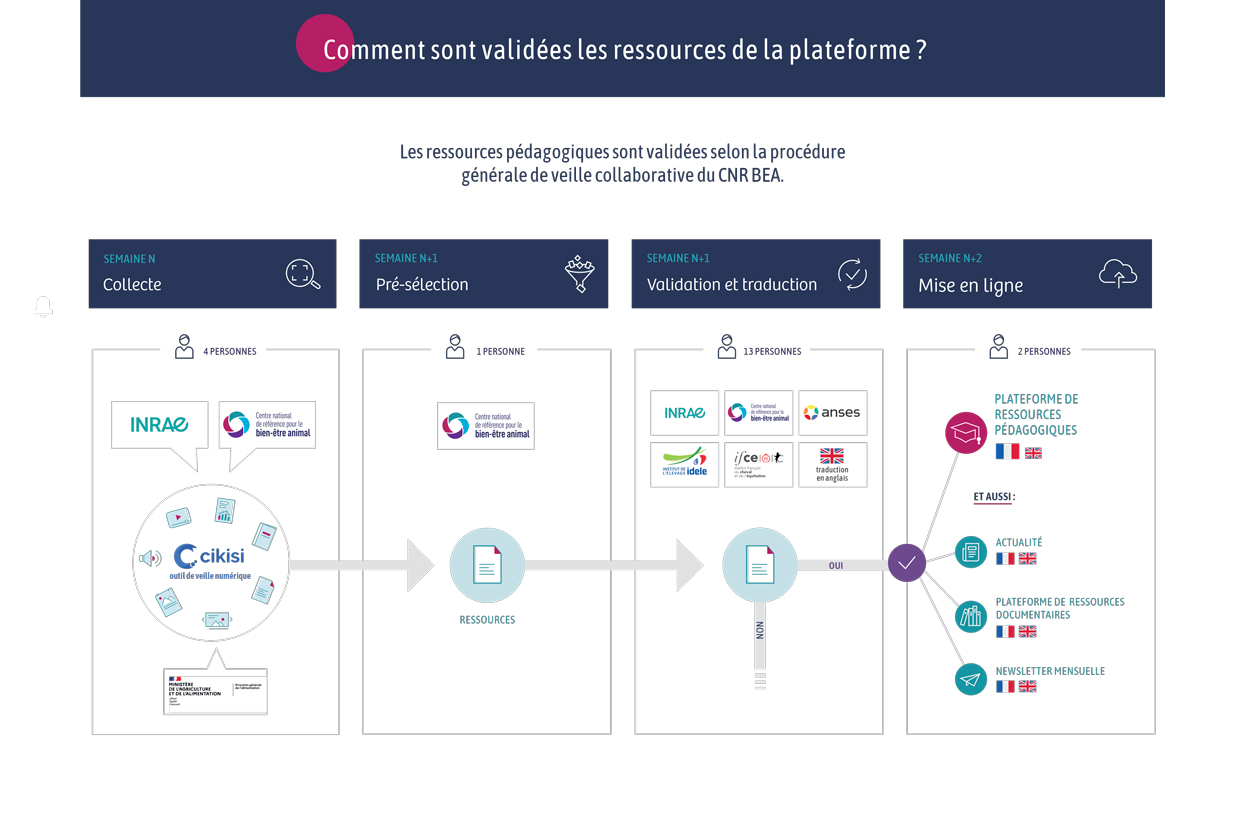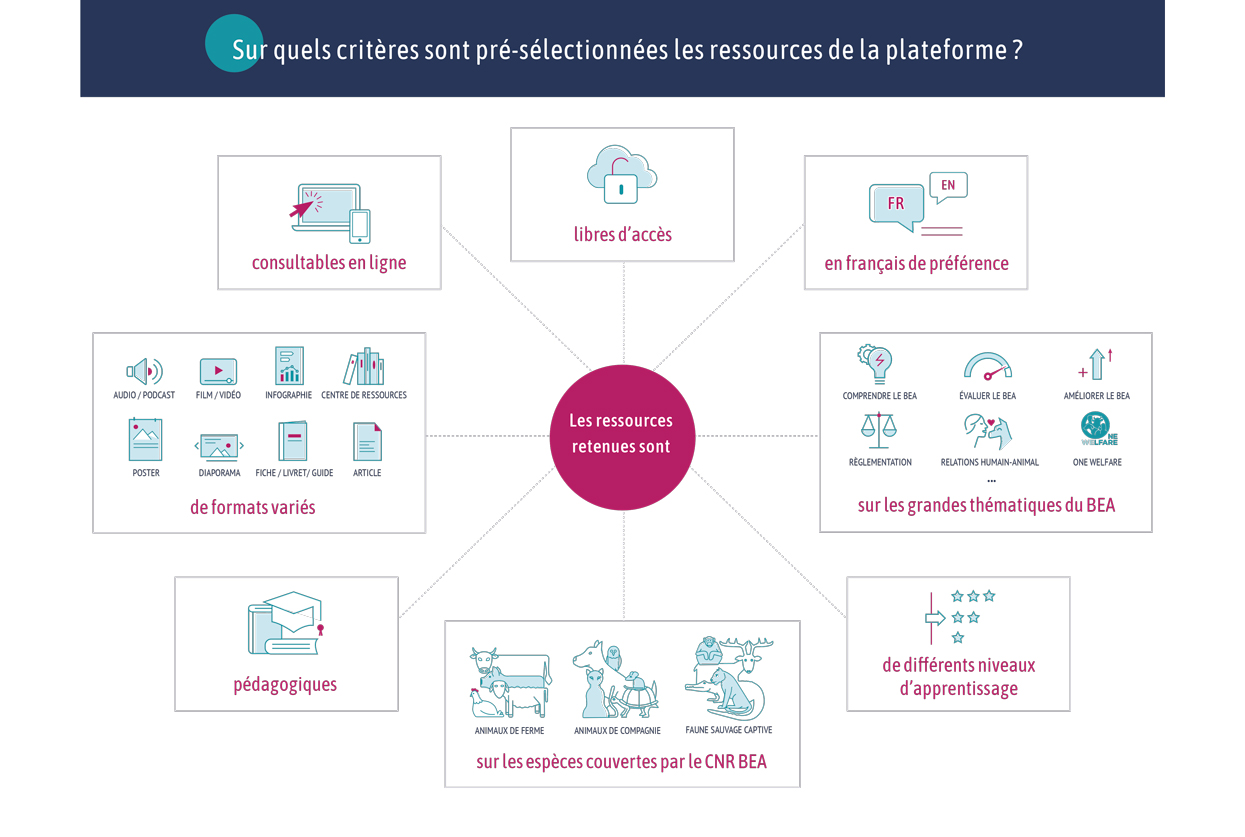Assemblée nationale : réponse à la question n°4154 : Contrôle des conditions d’abattage des animaux dans les abattoirs
Published in 2025
Answer from the French Government to a question from a member of the National Assembly on abattoir monitoring and controls. The Ministry states that the work to control slaughtering conditions by government-appointed agents amounts to the equivalent of more than 1,200 full-time posts. Additionally, a national inspection force is brought in for complex cases, which can impose sanctions up to and including closure in the event of serious failings.
Document types: Regulation/Certification
Animal categories: Bovines, Caprines, Equines, Ovines, Porcines, Poultry


